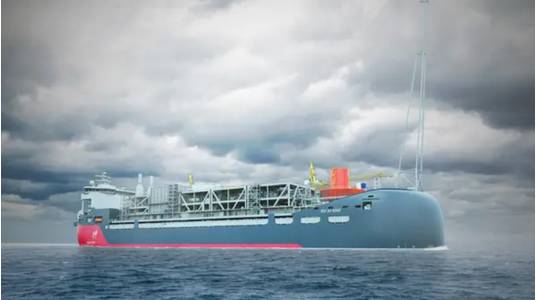
Canada has released draft guidelines on how new oil and gas projects should demonstrate "best-in-class" greenhouse gas emissions performance, following up on a government announcement first made in April.
The guidance, released late on Tuesday, is intended to clarify for industry what is expected of projects going through federal regulatory assessment, said Environment Canada spokesperson Oliver Anderson.
Canada, the world's fourth-largest oil producer, has pledged to cut carbon emissions 40-45% below 2005 levels by 2030, and reach net-zero emissions by 2050.
Prime Minister Justin Trudeau's Liberal government is trying to balance its climate ambitions with the interests of the oil and gas sector, which makes up around 5% of Canadian GDP, but is also the highest-polluting sector of the economy.
Environment Canada first promised requirements for new projects to demonstrate best-in-class emissions standards on the same day it approved Equinor's huge Bay du Nord offshore project. At the time, there was uncertainty among industry players what best-in-class meant.The draft guidance outlines how companies should identify the best emissions performance of similar projects globally, within different categories including offshore oil, liquefied natural gas or oil sands upgrading.
Then the company needs to show regulators how their project will match that best-in-class performance, or explain what circumstances would prevent them from doing so. Companies also need to demonstrate how they would aim to get projects towards net-zero emissions.
"This is not saying net zero is a standard requirement, but when project approvals are being made what we want to see is a plan to get there, or what circumstances may not make it possible," Anderson said.
The federal government is also consulting on a separate oil and gas emissions cap.
Environment Canada is accepting comments on the guidance until Dec. 3 and expects to publish a final version in 2023.
(Reuters - Reporting by Nia Williams)


